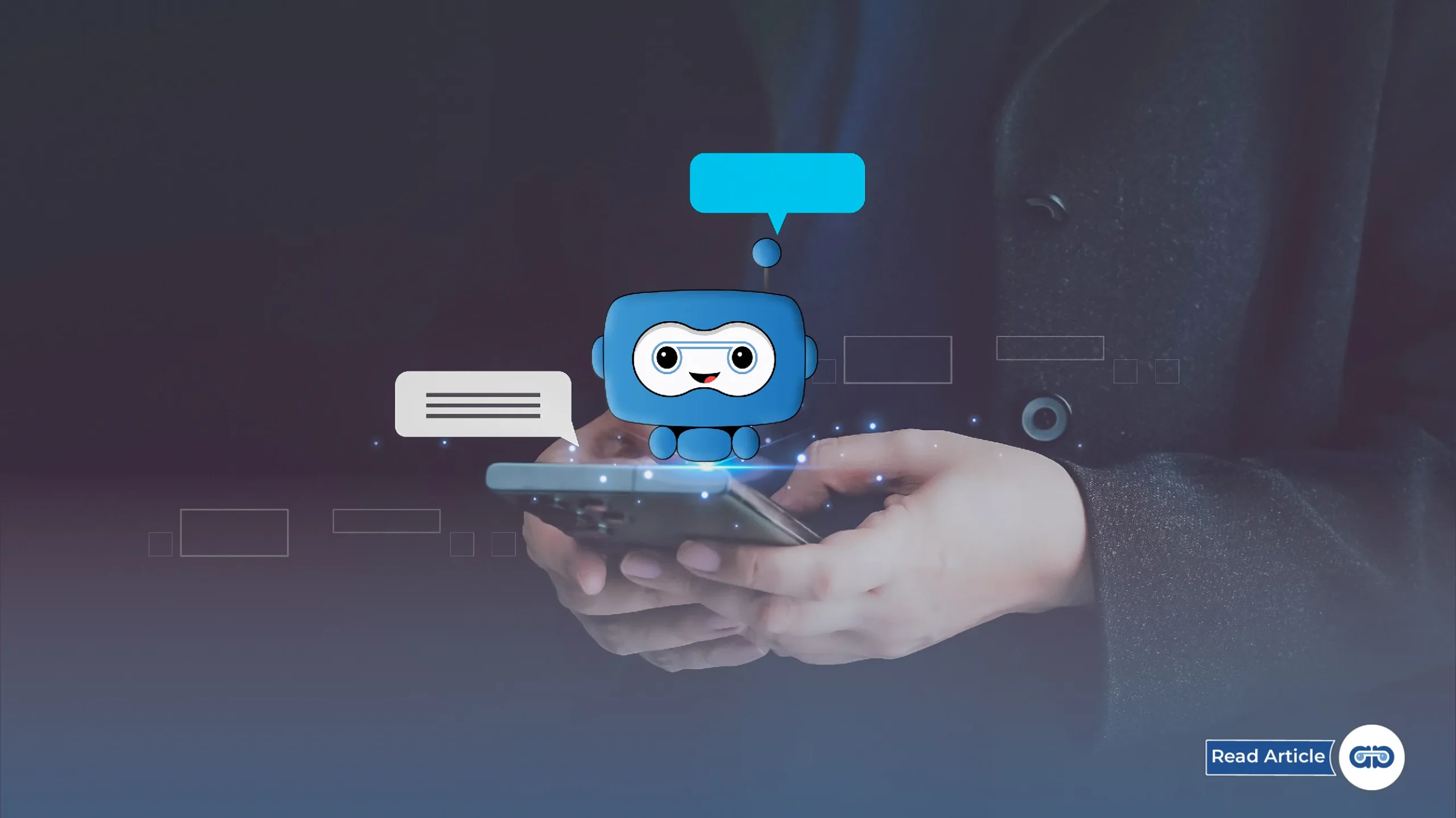The demand for instant IT support is higher than ever. Businesses expect quick resolutions to technical issues, and employees want seamless access to IT services. Traditional IT service desks struggle to keep up, leading to backlogs, delays, and frustrated users.
Conversational AI and automation together create a smarter self-service system. Conversational AI enables natural, human-like interactions, while automation handles routine tasks without manual intervention. This combination reduces the burden on IT teams and speeds up issue resolution. But how exactly does this work? Let’s explore.
Why Conversational AI and Automation Are a Perfect Match
Automation speeds up IT processes by handling repetitive tasks. However, it lacks human-like interaction and decision-making. Conversational AI fills this gap by understanding user intent, processing complex requests, and delivering personalized responses.
Together, they create smart self-service systems that:
Conversational AI vs. Traditional IT Self-Service
| Feature | Traditional IT Self-Service | Conversational AI-Powered Self-Service |
| User Experience | Static, menu-based interfaces | Dynamic, natural language interactions |
| Resolution Time | Slower due to manual processing | Instant resolution with automation |
| Scalability | Limited by available IT staff | Handles unlimited requests simultaneously |
| Personalization | Generic responses | Context-aware, tailored interactions |
| Integration | Often disconnected from IT systems | Seamlessly integrates with ITSM tools and databases |
| Learning Ability | Requires manual updates | Continuously improves with AI and ML |
| Support Availability | Business hours only | 24/7 availability |
Key Capabilities of AI-Enabled IT Self-Service
AI-Powered Ticket Resolution
Conversational AI can automatically categorize, prioritize, and assign tickets based on user queries. It understands intent and urgency, ensuring that critical issues get immediate attention.
Example: If an employee reports, “My laptop is overheating and shutting down,” the AI detects it as a hardware issue and escalates it to the appropriate team.
Automated Troubleshooting
AI Assistants can walk users through the steps needed to resolve common issues. They integrate with IT monitoring tools to detect system errors and suggest fixes.
Example: If a user complains about slow internet, the AI Assistant checks network status, suggests basic troubleshooting steps, and escalates the issue if needed.
Self-Service Knowledge Base
Conversational AI can pull information from IT documentation and provide step-by-step guidance. Instead of browsing endless articles, users get precise answers instantly.
Example: Suppose a user asks, “How do I configure my VPN?” The AI provides detailed steps or even triggers an automated VPN setup.
Password Resets Without Human Help
Password-related issues flood IT service desks. Conversational AI integrates with identity management systems to reset passwords securely, eliminating wait times.
Example: A locked-out user requests a password reset via chat. The AI verifies their identity and resets it instantly.
Software and Hardware Requests
Instead of submitting forms and waiting for approvals, employees can request software installations or device upgrades through AI conversation. Automation processes the request based on predefined policies.
Example: A designer needs a photoshop tool. The AI assistant checks licensing, verifies approval, and installs the software all within minutes.
Incident Management Automation
Conversational AI assists with logging incidents, tracking resolution status, and notifying users about updates. It ensures smooth communication and faster resolutions.
Example: A system outage occurs. AI notifies affected users, creates tickets, and keeps everyone informed about progress.
Integration with ITSM and Enterprise Systems
Conversational AI seamlessly connects with IT Service Management (ITSM) platforms, databases, and monitoring tools to ensure real-time issue resolution.
Example: An AI assistant pulls real-time system health data to notify users of ongoing IT maintenance, reducing duplicate tickets.
How to Integrate Conversational AI with IT Systems?
Integrating Conversational AI and automation requires seamless connectivity with legacy systems, databases, and automation platforms. Here’s how businesses can achieve this:
1. API Integrations
Using APIs, businesses can connect AI Assistants with IT service management (ITSM) tools, cloud applications, and databases for real-time data access. An API-powered AI assistant can pull real-time device health metrics from an asset management system to diagnose hardware failures.
2. Robotic Process Automation (RPA)
When APIs are unavailable, RPA can mimic human interactions to automate tasks like password resets, data entry, and system monitoring. A telecom company uses RPA-powered Conversational AI to troubleshoot internet connectivity issues by running backend diagnostics.
3. Middleware and Webhooks
Middleware solutions enable Conversational AI to bridge gaps between IT systems without modifying legacy infrastructure. A healthcare provider uses middleware to integrate an AI Assistant with its legacy patient database for instant appointment scheduling.
Final Thoughts
The fusion of Conversational AI and automation is reshaping how businesses manage IT support, automate workflows, and enhance self-service. As AI models continue to evolve, we can expect even smarter, self-learning systems that predict user needs, automate complex resolutions, and provide truly autonomous IT support experience.
Companies that embrace this transformation today will be better positioned to boost efficiency, enhance service quality, and future-proof their IT operations. So, upgrade your IT self-service experience with AI and automation and take self-service to the next level.

